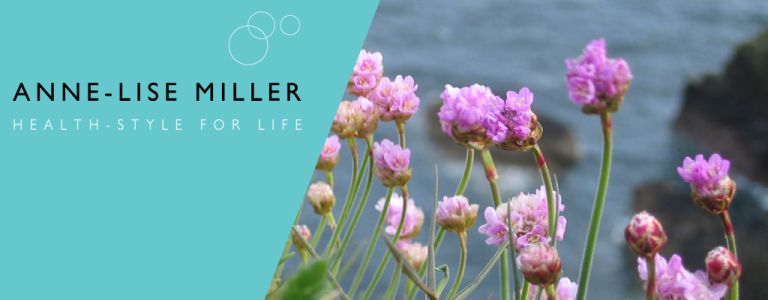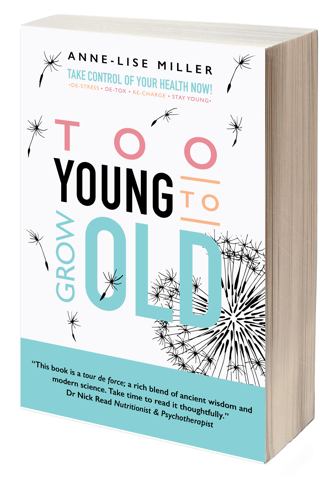Reframing the stress response by activating the Vagus Nerve
“The only thing we have to be afraid of is fear itself” Franklin D. Roosevelt
As days of lockdown run into weeks of duress, the mood of the nation is evolving in great surges of emotional tirades: all relayed on my mother’s radio from which I cannot escape because it is all that is connecting her still with the outside world. In contrast, the official messages that regularly intersperse such passionate outbursts are very carefully worded and seem delivered more to control and anticipate our misbehaving than to inform us.
I am struck by government’s officials and their spokespeople’s ever-evolving syntax. The commanding tone, clearly borrowed from NLP, has become more admonishing as lack of preparation is surfacing. Creating a nation of meek and obedient citizens while figuring out how to lead us out of the blind alley of confinement is easier than to take a systemic and more long-term view of the crisis. As John Major allegedly once said “when your back is against the wall you have no choice but to turn around and walk”.
There is solid evidence from research conducted over the past 15 years that our brains are losing their ability to plan ahead and invest in the future. This has come as a result of bite-size information delivered through social media, the culture of meaningless relationships designed to boost dependence and the overabundance of instantaneous gratifications. The resulting disconnection from the fundamentals of (our) nature has contributed to the dizzying rise of prescriptions for antidepressants. In the UK alone those have almost doubled between 2008 and 2019.
As we are confined to an open-ended and uncertain future we have no choice but to limit our planning to the day-to-day. This lack of perspective in an already fragile and socially isolated population can feed into a pattern of stress that will increase the longer the lockdown, and with the inevitable spread of economic consequences on financial security.
Yet systemic analyses, creative problem-solving and forward thinking all depend on our nervous system’s equilibrium which is why it is so important to actively maintain it while we are sitting out the current social experiment.
Neurologically the stress response can take three different pathways depending on our nature and the intensity of the stress. We can fight, we can run or, if we are unable to respond because the situation limits possibilities, we can freeze. Physiologically, the fight/flight response is the result of stimulation of the sympathetic nervous system (a collection of highly responsive nerves ).
The freeze response however is similar to shock and is a primitive response that immobilises and shuts down bodily functions by inhibiting the activity of the para-sympathetic nervous system.
The main portion of the para-sympathetic nervous system is the Vagus Nerve: a long and wonderous nerve with a complicated relaying system.
The Vagus Nerve is a major regulator of nervous system homeostasis (a balance which influences how the body heals and maintains health). It is positively activated by non-threatening social engagement, touch and other healing modalities. It is connected to feeling safe.
Learning to connect with the Vagus Nerve is how babies develop the ability to self-soothe having learnt safety and vagal activation from the variety of soothing activities on offer from their parents such as cuddling, rocking, lullabies, facial games and so on.
As we grow up and our interactions with the world expand, our perception of safety becomes the product of our experiences, each being meshed into the resulting tapestry of our body, mind and spirit: the looser the weave the more flexible and adaptable we are; the tighter the weave the deeper the stress and traumas will be trapped.
An effective root of disentanglement is to enhance and nourish our sense of safety and security by engaging in creative hobbies (painting, knitting, writing, etc.), by improving our immediate environment with meaningful touches and by nurturing authentic relationship(s).
More specifically we can (re)activate safety signalling from the Vagus Nerve by stimulating the relevant pathways. The Vagus Nerve has two main branches: the Ventral Vagal and the Dorsal Vagal. The former enervates structures in the face, neck, and upper chest that relate to social engagement, the latter enervates the gut, lungs and heart and is also involved in the freeze response.
Partaking in activities that engage the Vagus Nerve in a soothing way will have an immediate stress-busting action. Doing it regularly will strengthen the response and increase our resilience to stress.
Activating the muscles connected to social engagement (muscles of the face, eyes, throat, jaw, tongue and inner-ear) and those of the gut, diaphragm, lungs and heart can be done in a variety of healing ways even if alone.
The feeling of safety, induced by activation of ventral and dorsal vagal, is reinforced by hormones and neurotransmitters that are triggered as a result. One of those hormones is oxytocin which is stimulated through intimate touch, loving and sharing.
Gratitude (especially when we focus on the feelings of our heart) is a way to increase oxytocin when we are not able to physically connect with our loved ones.
Activate soothing from the Vagus Nerve by:
- Singing
- Gargling (use bicarbonate of soda)
- Swishing (use coconut oil)
- Laughing
- Yawning
- Massaging your face and skull
- Reading aloud
- Meditating (listening to certain vibrations such as bong can enhance)
- Petting (cat, dog, and rabbit, anything alive and cuddly!)
- Developing peripheral vision by letting sight ahead go soft and focusing on what we can see from the corner of our eyes
- Listening to classical music (Bach and other baroque music is the best for this)
- Smelling essential oil (lavender, frankincense, marjoram, pine and many more - use your preference)
- Belly breathing and slow breathing and other breathing techniques such as “Cardiac Coherence”
- Shaking and gentle bouncing (could be extended to dancing to your favourite track)
- Gentle, slow stretching exercises
- Barefoot conscious walking (preferably on damp grass or wet sand)
- Cold showers and cold water plunge (can be combined with sauna/hot bath or shower)
If you are holed up with someone willing to share your well-being enhancing effort, you can experiment with:
- Playing games (any as long as not dangerous or overly competitive)
- Exchanging a massage (foot, face, whole body) and/or intimate touch
- laughing and sharing jokes
- Preparing and sharing food
- Reading to each other
- Singing or playing music together
- Ballroom dancing
- Praying


